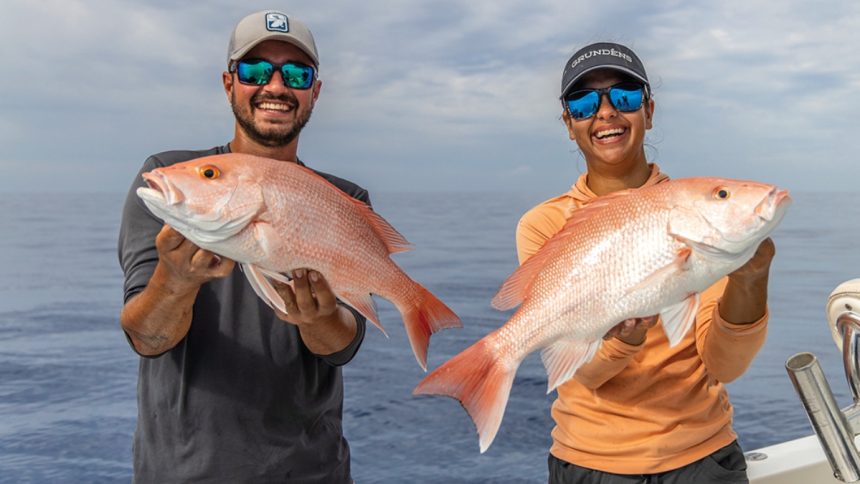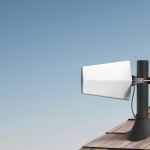Fishing has been both an age-long recreational and commercial activity in the world. In 2023, about 58 million Americans navigated the waterways to dive into different kinds of recreational fishing activities.
However, nowadays, nobody needs to try the traditional fishing methods to try out this activity. Technology has transformed the fishing experience to reduce the effort, making it a more relaxing and sustainable activity.
So, if you’re wondering how, let’s explore all the technological advancements in the fishing industry!
1. Advanced Fish Finder GPS
One of the greatest technologies of all time that revolutionized the fishing experience is advanced fish finder GPS combos.
Of course, traditional sonars and fish finders have been around for ages. But this combination has taken finding fish to the next level. They help you (angler/fisher) locate fish and navigate waterways.
With the help of advanced sonar, you can identify the best fishing spots. From location information and track routes to marking waypoints for reference, these devices help you reduce the time spent looking for fish.
They can offer side imaging, down imaging, detailed underwater terrain, moving fish, fish activity levels, and improving the efficiency of fishing.
In a way, they also reduce the chances of overfishing by highlighting different places where there are high volumes of fish in the vicinity.
2. Smart Fishing Gear
Smart fishing gear, such as smart rods and wearable devices, are the next amazing technology in the fishing industry. The equipment features built-in technology to track fish and streamline fishing efforts.
For instance, smart rods and reels have sensors to identify bites from fish. This sends an alert to your smartphone app to ensure you never miss a catch.
Some wearable devices, such as smart watches, can depict environmental factors, including water temperature and barometric pressure. These details can help you understand whether it’s a favorable environment for fish to be around.
You can also check out Bluetooth-enabled lures that come with integrated sensors. These share information regarding water depth, flow speed, and water depth with smartphone apps. Moreover, some can even act like prey to attract fish.
3. Remote Monitoring and Conservation Tools
Another unique technology that has taken fishing to the next level is remote monitoring. For instance, underwater cameras and drones let both fishers and conservationist track fish population and their common habitats.
These devices don’t disturb them during patrolling, plus they can also monitor if someone is illegally fishing in restricted areas or protected species.
Satellite technology also helps in instant fishing vessel movement tracking. This helps the government and other authorities ensure vessels comply with different routes and fishing quota rules.
With the help of an electronic monitoring system featuring built-in cameras and sensors attached to fishing vessels, authorities can track catch and bycatch and ensure fishing regulation compliance to prevent overfishing or fishing of protected species.
4. Robotic Bait Systems
Robotic bait systems reduce the need for real-life prey by simulating live prey-like activity. Thus, they effortlessly attract fish without repeatedly buying fish bait.
These have minute motors and sensors integrated inside to create the swimming behavior of bait.
You can easily adjust their movement direction, speed, and pattern using smartphone apps depending on the type of bait a species prefers, water depth, water flow rate, and other habitat specifics.
You can also control it to swim at different water layers/columns to catch different fish. Some of these systems also have sensors to transmit important environmental information, such as water pH levels, temperature, and depth. This can help you make adjustments to improve your fishing methods.
5. Artificial Intelligence (AI) Powered Technology
There are several AI-powered technologies available to make fishing much more effortless. For instance, AI-powered fishing apps and platforms gather huge volumes of data (including water temperature, lunar phases, weather patterns, and catches) from public sources and directly from users. They assess them to forecast the most profitable fishing seasons, hours, and sites.
Certain AI-powered algorithms can also help identify fish species using underwater cameras or by uploading images to the platform. This prevents you from catching legally protected or endangered species.
AI-powered commercial fishing fleets are also great for route optimization, avoiding poor weather, and identifying the best fishing sites. This reduces the time and cost required to find the best catch.
Conclusion
Technology has changed the fishing industry for the better. So, explore all the possibilities and find the best advancements to make your next fishing trip – whether recreational or commercial – way more worth it!
Lynn Martelli is an editor at Readability. She received her MFA in Creative Writing from Antioch University and has worked as an editor for over 10 years. Lynn has edited a wide variety of books, including fiction, non-fiction, memoirs, and more. In her free time, Lynn enjoys reading, writing, and spending time with her family and friends.















